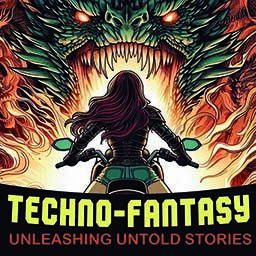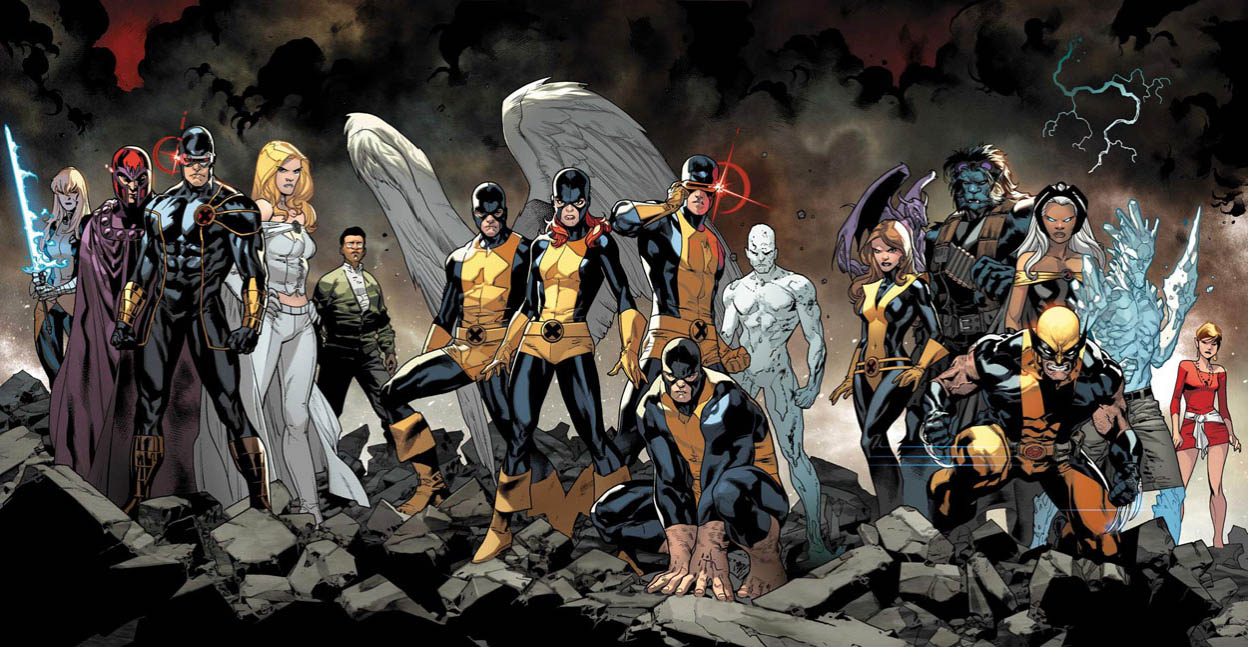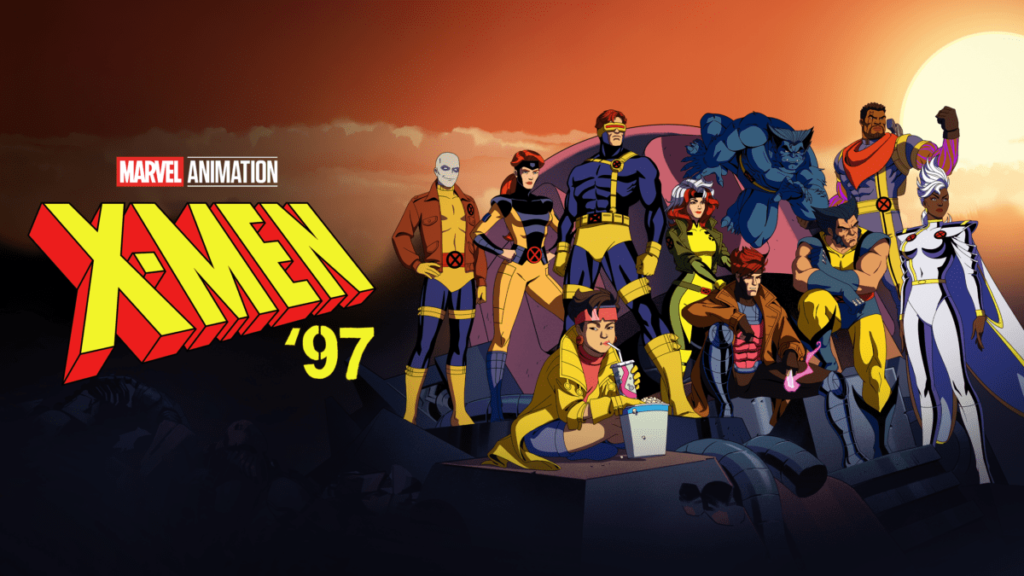
Comic books, renowned for their vibrant art and compelling narratives, have become a cornerstone of popular culture. With the recent success of the animated series “X-Men ’97” on Disney Plus, interest in the X-Men universe has resurfaced. As the X-Men comic series celebrates its 700th issue, we explore the distinctions between floppies, TPBs (Trade Paperbacks), omnibuses, graphic novels, and introduce facsimile editions, using examples from the X-Men series to illustrate each format.
Floppies
Floppies are serialized comic book issues typically released monthly. These single issues are about 20-30 pages long, stapled with a color cover. Published mainly by major companies like Marvel Comics and DC Comics, but smaller publishers also have their comics published regularly, each floppy usually features a segment of a larger story arc, often ending with cliffhangers to maintain reader anticipation.
Examples from X-Men: “Uncanny X-Men #1” (1963) marks the debut of the mutant superhero team and their first battle with Magneto, initiating decades of serialized adventures in the X-Men universe.
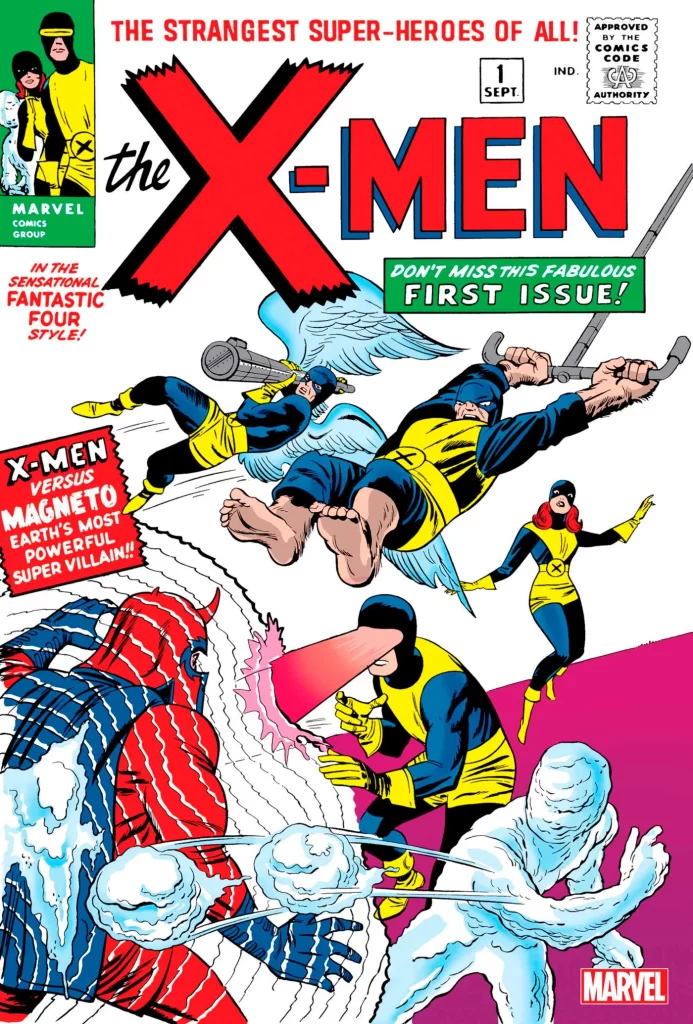
‘X-Men’ #35 Ends One Mutant Milestone and Steps Towards the Next
(June 2024), creators from the X-Men’s past, present, and future come together to bid a final farewell to the Krakoan Age in ‘X-Men’ #35, the milestone 700th issue of ‘Uncanny X-Men.’
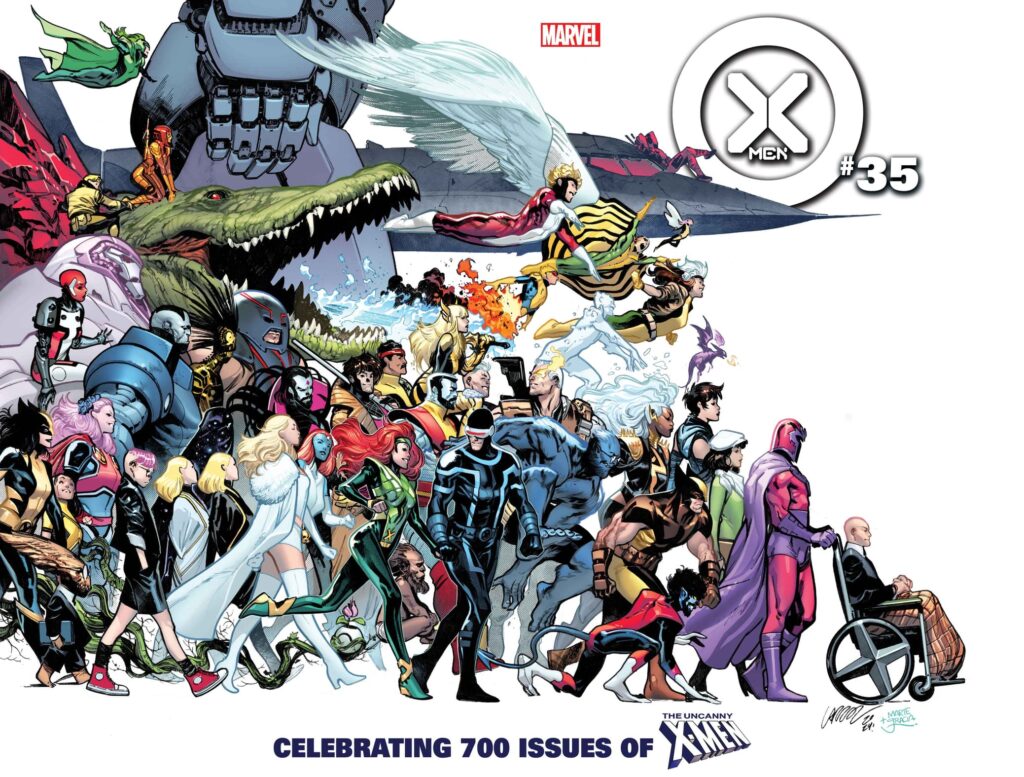
Trade Paperbacks (TPBs)
Trade Paperbacks, or TPBs, compile multiple issues of a comic series into a single volume. They offer readers a convenient way to catch up on missed storylines or enjoy a complete narrative without waiting for individual issues. TPBs are typically released after several issues have been published in floppy format and are used to collect story arcs or thematic collections.
Example from X-Men: “X-Men: Dark Phoenix Saga” TPB collects issues #129-138 of “Uncanny X-Men,” chronicling the iconic storyline where Jean Grey transforms into the powerful and destructive Dark Phoenix.
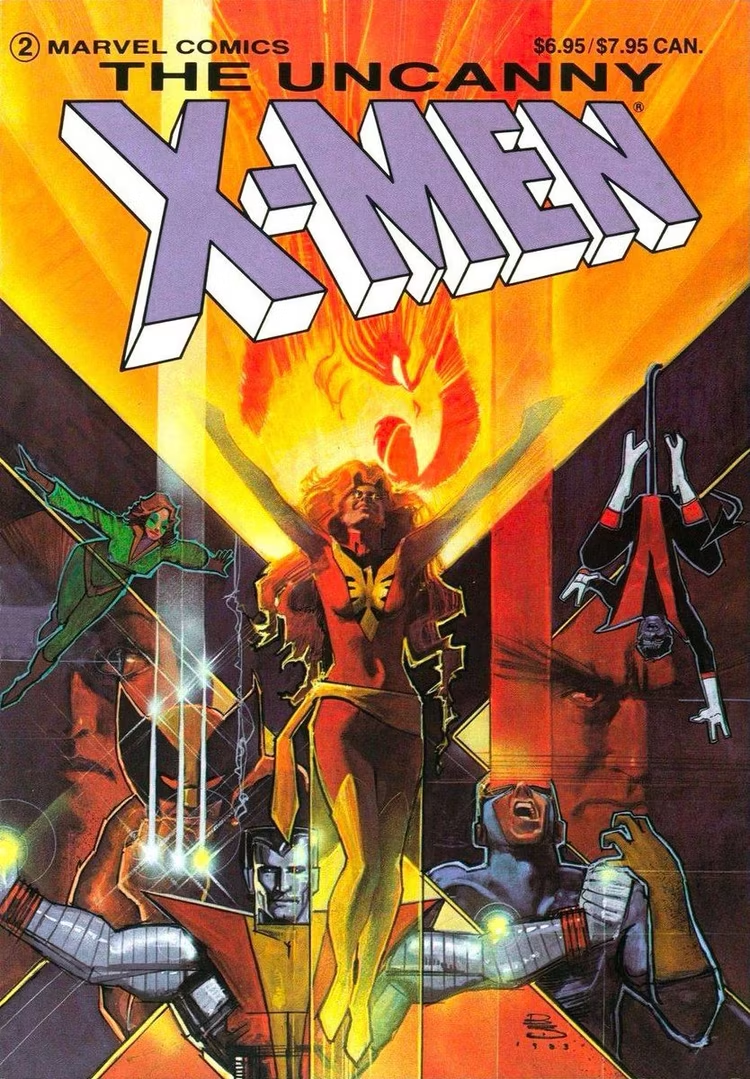
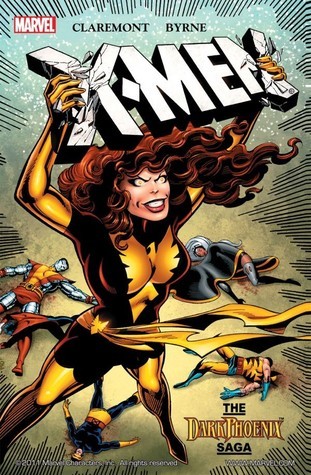
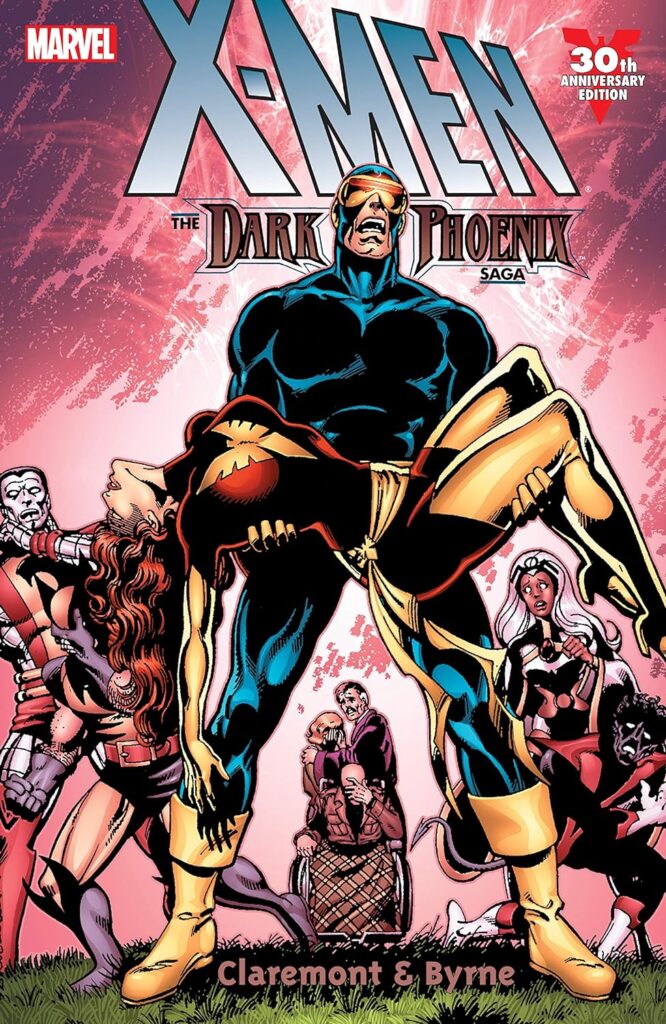
Different covers from X-men – The Dark Phoenix Saga.
Omnibuses
Omnibuses are comprehensive collections that gather a significant run of a comic series or a broad selection of stories from a character’s history. They are larger and more inclusive than TPBs, often spanning hundreds or even thousands of pages. Omnibuses appeal to collectors and fans seeking a definitive edition of their favorite series or character.
Example from X-Men: “X-Men Omnibus Vol. 1” “The Strangest Super-Heroes of All!” and while their mutant powers were certainly weird, the binding concept of this band of heroes, a group feared, hunted and hated because the of prejudice of their fellow man was pure Marvel relevance, striking at the heart of Civil Rights battles of the time. So join us as we collect in this massive, painstakingly restored, archival volume as we recount the earliest adventures of the world’s most-famous super-hero team as they encounter for the very first time their nemesis Magneto, the Brotherhood of Evil Mutants, the Juggernaut, Ka-Zar and the Savage Land, Master Mold and the Sentinels, and many more of Marvel’s greatest heroes and villains. Supplemented with a bevy of behind-the-scenes bonus material, critical and historical essays, and original artwork, this volume is a bona fide must-have for each and every X-addict! Collecting THE X-MEN #1-31. Cover by Alex Ross.
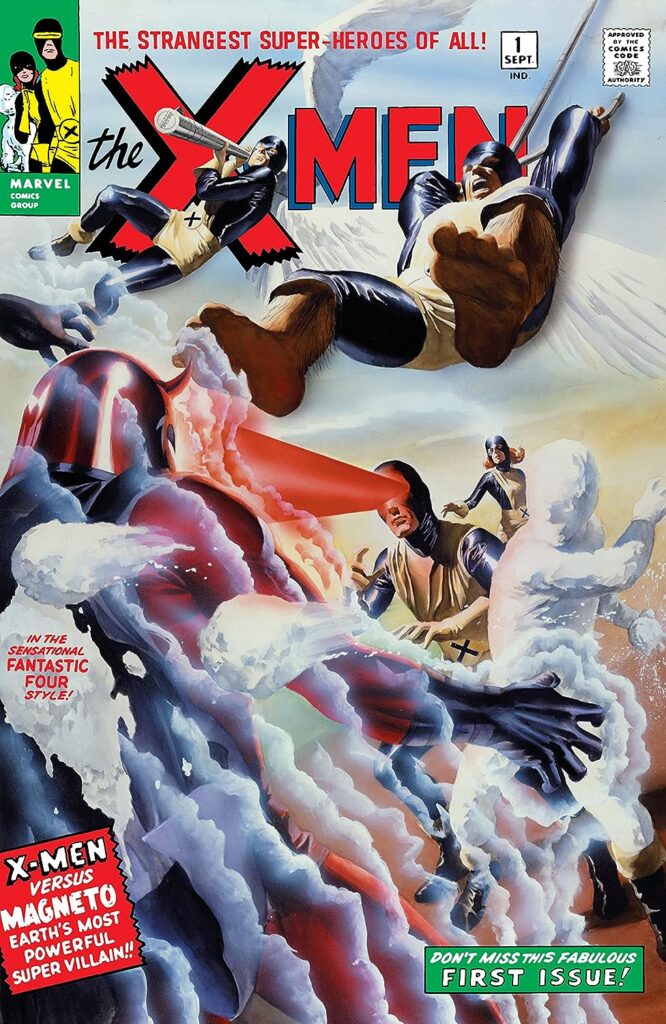
Graphic Novels
Graphic Novels present standalone stories or complete arcs in a single, cohesive volume. Unlike floppies, which are serialized, graphic novels are meant to be read as a unified narrative. They encompass diverse genres and themes within the comic book medium, from superhero sagas to intimate character studies.
Example from X-Men: “God Loves, Man Kills” is a graphic novel exploring themes of prejudice and discrimination through the lens of mutant rights, making it a seminal work in the X-Men canon outside the ongoing series.
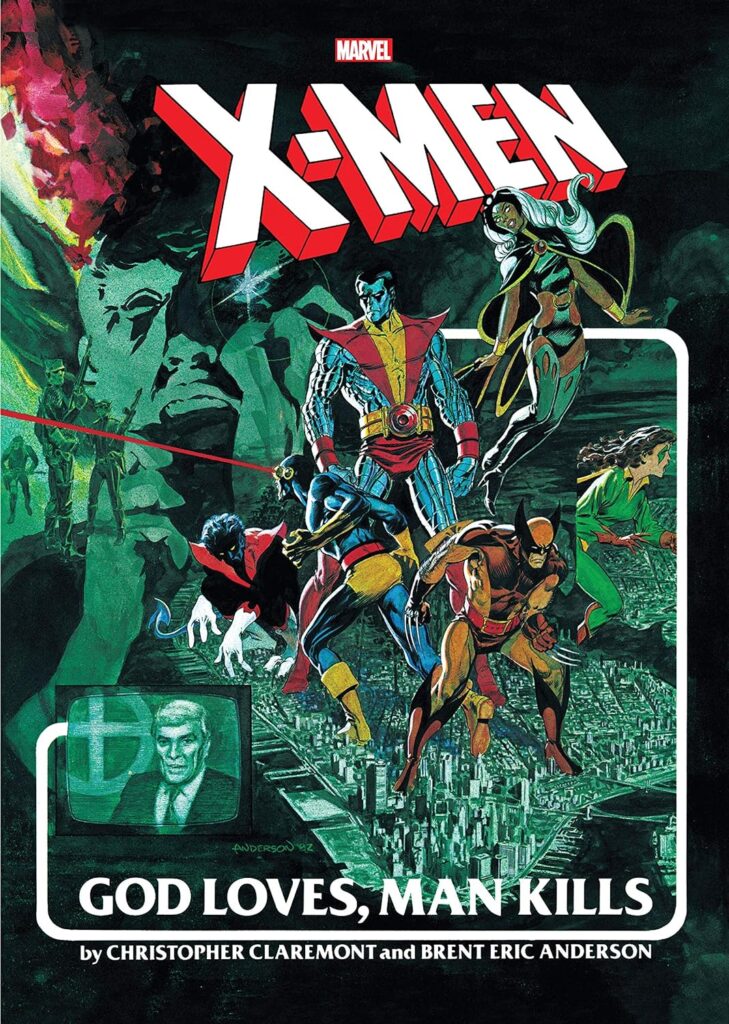
Facsimile Editions
Facsimile editions are exact reproductions of vintage comic books, preserving the original look and feel, including advertisements and editorial content. These editions provide collectors and readers with an authentic experience of historical comics, offering insights into the artistic and cultural context of the time they were originally published.
Example from X-Men: A facsimile edition of “Giant-Size X-Men #1” replicates the iconic 1975 issue, which introduced new X-Men members like Storm, Nightcrawler, and Colossus, revitalizing the series and setting the stage for future storylines.
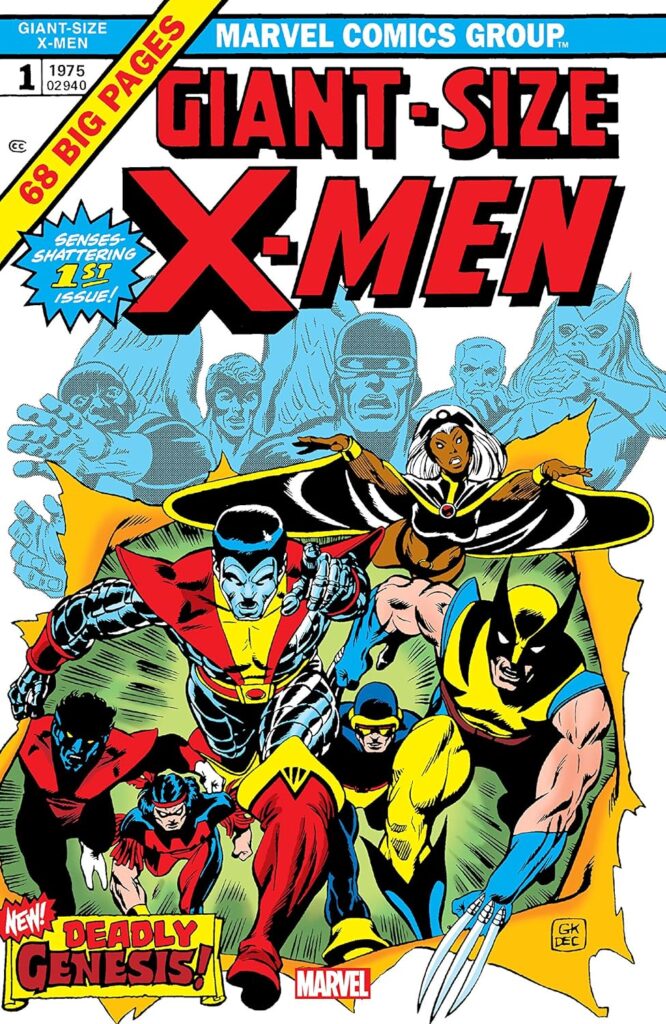
Conclusion
Each format of comic book publication – floppies, TPBs, omnibuses, graphic novels, and facsimile editions – serves distinct purposes and appeals to different types of readers and collectors. Whether you prefer following serialized adventures or delving into complete sagas in a single volume, comic books offer a rich tapestry of storytelling and artistic expression.
Understanding these formats not only enhances your reading experience but also deepens your appreciation for the diverse narratives and characters within the comic book universe. Whether you’re exploring the groundbreaking adventures of the X-Men or discovering new realms of graphic storytelling, there’s a comic book format that caters to every reader’s preference. Happy reading!
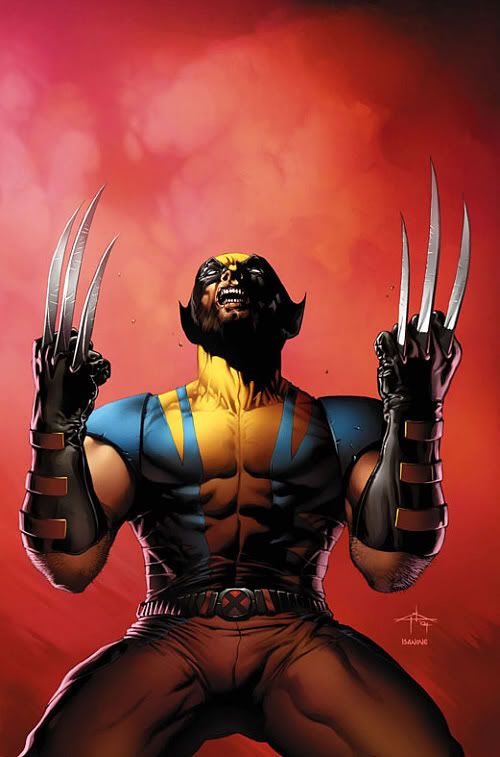
And now bub?
Are you going to start reading or not?
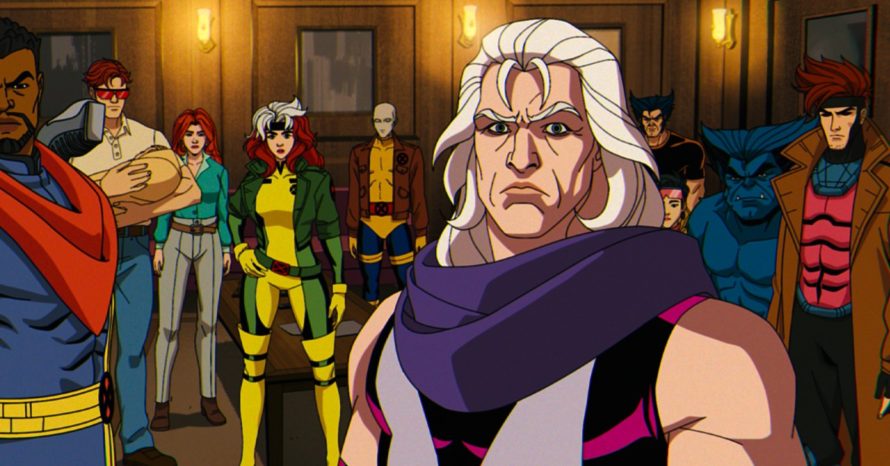
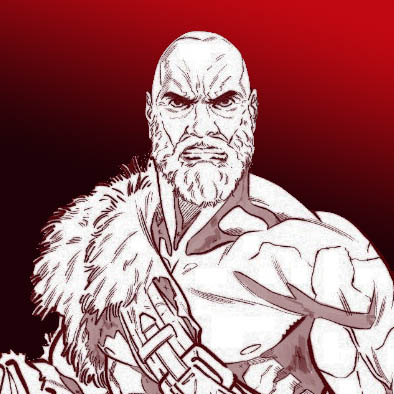
Article by Victor X
Victor Schmidt’s lifelong passions for literature and sports led him to discover his true love in superhero comics. Driven by an unyielding pursuit of the perfect story, Victor channels his energy into delivering insightful and valuable content to the comic book community while continuously refining his craft as a writer. In addition to his writing, he serves as an editor and creative reviewer, ensuring that every piece he touches is polished, impactful, and resonates with readers.
Affiliates disclaimer
Some of the links in this article may be affiliate links, which means we may receive a small commission, at no additional cost to you, if you decide to make a purchase through one of our recommended partners. We only recommend products we trust and believe will be beneficial to our readers. This help support our efforts in bringing you valuable content and making indie comics. Thank you for your support!
